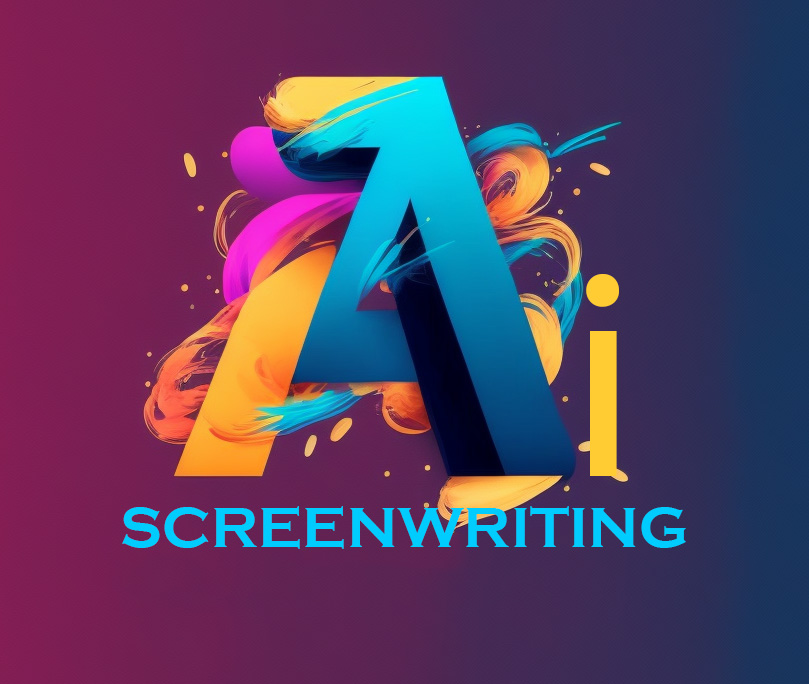
Artificial Intelligence (AI) has revolutionized various industries, and scriptwriting is no exception.
With the surge of innovative AI tools available, understanding how to write a script with AI has never been more accessible.
This guide will delve into the exciting intersection of technology and creativity, equipping you with the knowledge to harness the power of AI in your scriptwriting endeavors.
Whether you are a seasoned writer or just starting, learning how to integrate AI into your writing process can enhance your creativity and streamline your workflow.
Join us as we explore the fundamentals of script structure, identify the best AI tools available, and provide a comprehensive step-by-step guide to writing a script with AI, ensuring you finish with a polished and professional script.
Get Professional Screenplay Coverage in Minutes, Not Weeks!

Key Takeaways
- AI can significantly enhance the scriptwriting process by providing valuable insights and assistance.
- Understanding script structure is crucial to effectively utilizing AI in writing.
- Selecting the right AI tools can streamline your scriptwriting experience and improve quality.
- A step-by-step approach helps in creating coherent and engaging scripts with the help of AI.
- Final editing and polishing are essential to ensure the script meets your creative vision and standards.
Introduction to AI in Scriptwriting
Artificial Intelligence (AI) has revolutionized countless industries, and scriptwriting is no exception.
As filmmakers and writers look for innovative ways to enhance their storytelling, the question arises: how to write a script with AI?
Embracing AI tools can streamline the scriptwriting process, making it more efficient and creative.
From generating plot ideas to developing character arcs, AI empowers writers to experiment with new concepts and refine their narratives.
In this article, we will explore how to effectively leverage AI in scriptwriting, discussing various tools and techniques that can elevate your writing process.
Understanding the Basics of Script Structure
When it comes to learning how to write a script with AI, understanding the basics of script structure is essential for crafting a compelling narrative.
A well-structured script typically includes three main acts: the setup, the confrontation, and the resolution.
The setup introduces the characters and the world they inhabit, establishing their motivations and the central conflict.
The confrontation escalates the conflict, putting the characters in challenging situations that test their resolve.
Finally, the resolution ties up the loose ends and reveals the characters’ growth.
By utilizing AI tools in this process, writers can streamline their workflow, generate ideas, and refine dialogue, ultimately enhancing the overall quality of the script while adhering to traditional structural guidelines.
This understanding of script structure allows writers to leverage AI effectively, ensuring that their narratives are not just coherent but also engaging.
‘The greatest invention of the 21st century is the ability to collaborate with machines to expand our creativity beyond humanity’s inherent limitations.’ – Unknown
Get Professional Screenplay Coverage in Minutes, Not Weeks!

Choosing the Right AI Tools for Scriptwriting
In today’s fast-paced digital landscape, understanding how to write a script with AI is becoming increasingly vital for scriptwriters, filmmakers, and content creators alike.
With the right AI tools, you can streamline the writing process, spark creativity, and even enhance collaboration between team members.
When choosing AI tools for scriptwriting, look for features that align with your specific needs.
For instance, some tools offer advanced language models that help generate dialogue and plot twists based on initial prompts, while others provide templates that adhere to industry standards.
Additionally, consider user-friendliness—ensure that the software integrates smoothly with your existing workflow.
Explore online reviews and community feedback to gauge the effectiveness of tools in various real-world scenarios.
By selecting the right AI scriptwriting tools, you can not only save time but also elevate the quality of your storytelling, making it easier to bring your vision to life.
Step-by-Step Guide to Writing a Script with AI
Writing a script with AI can seem daunting, but with a step-by-step approach, it becomes an exciting journey into creativity.
To get started, you first need to understand the purpose of your script.
Whether it’s for a short film, a podcast, or a video tutorial, clarifying your goals will dictate your script’s tone and structure.
Next, gather your ideas and outline your story.
You can use AI tools like ChatGPT to brainstorm plot points or flesh out character arcs.
After drafting your outline, it’s time to input this information into your chosen AI scriptwriting software.
Many of these programs are designed to assist with formatting and can even generate dialogue based on your prompts.
For instance, ask the AI to create a conversation between your characters, refining the output with your edits.
Once you have a complete draft, make sure to revise and polish it.
AI can also help with proofreading and suggesting improvements.
Finally, remember that while AI is a helpful tool, your unique voice and vision are what will ultimately bring your script to life.
By following these steps on how to write a script with AI, you’ll harness technology to enhance your storytelling skills!

Tips for Enhancing Your Script Using AI
In today’s digital age, knowing how to write a script with AI can significantly enhance your creative process and improve the quality of your work.
First, consider using AI-driven writing tools that offer suggestions based on your existing script elements, helping you elevate your dialogue and plot structure.
These tools can analyze successful scripts and provide insights into pacing and character development.
Additionally, take advantage of AI’s ability to generate multiple storylines or character arcs, allowing you to explore different possibilities without the labor-intensive brainstorming typical of traditional writing.
Moreover, always combine AI suggestions with your unique voice and style—while it can offer a strong foundation, the human touch is irreplaceable in storytelling.
Lastly, remember to review and refine AI-generated content to ensure it aligns with your vision, making the most out of technology while maintaining authenticity in your script.
Editing and Polishing: Final Touches on Your AI-Generated Script
After you’ve harnessed the power of technology to create a rough draft using AI, the next crucial step is editing and polishing your script for maximum impact.
Editing isn’t just about correcting grammatical errors; it involves refining the dialogue, enhancing character development, and ensuring the script flows cohesively.
As you learn how to write a script with AI, consider utilizing various editing tools that can help identify awkward phrasing or inconsistencies in tone.
Read your script aloud to catch errors that might slip through during silent reading, and don’t hesitate to solicit feedback from peers or mentors to gain fresh perspectives.
With thoughtful revisions, your AI-generated text will not only tell a compelling story but will also resonate deeply with your audience, making that final touch a pivotal aspect of your scriptwriting process.






